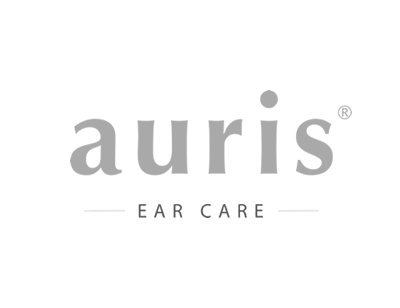Several ear-cleaning methods can be used to remove excess ear wax or debris from the ear canal. Choose a method that is safe and appropriate for your specific situation. Here are some common ear-cleaning methods:
- Ear drops (cerumenolytics): Over-the-counter ear drops are available to help soften ear wax, making it easier to remove. These drops typically contain ingredients such as mineral oil, hydrogen peroxide, glycerin, or carbamide peroxide. Follow the instructions on the package carefully and consult a healthcare professional if you have concerns.
- Warm water irrigation: Irrigation involves flushing the ear canal with warm water to remove excess ear wax. This can be done at home using a bulb syringe or ear irrigation kit. Tilt your head to the side and gently squeeze warm water into the ear canal, allowing the water to drain out along with the softened ear wax. Be sure to use lukewarm water to avoid discomfort or injury to the ear.
- Ear syringing: Healthcare professionals perform ear syringing, also known as ear lavage, for ear cleaning. This method involves using a syringe to flush the ear canal with water or saline solution under controlled pressure. This can help dislodge and remove stubborn ear wax or debris. Ear syringing should only be performed by trained professionals to avoid injury to the ear.
- Microsuction: Microsuction is a procedure performed by healthcare professionals using a specialised suction device to remove ear wax from the ear canal. This gentle and effective ear-cleaning method is suitable for individuals with impacted ear wax or those who are unable to tolerate irrigation. Microsuction is typically performed in a clinic setting by audiologists, ENT specialists, or other trained professionals.
- Manual removal: Manual removal of ear wax should only be performed by healthcare professionals using specialised instruments such as curettes or forceps. This method may be necessary for impacted ear wax that cannot be removed with irrigation or suction. Attempting manual removal at home with objects such as cotton swabs or bobby pins can lead to injury or damage to the ear canal and should be avoided.
Before attempting ear cleaning, consult a healthcare professional, especially if you have a history of ear problems or if you are experiencing symptoms such as ear pain, hearing loss, or drainage from the ear. They can assess your ears and provide personalised advice on safe and effective ear-cleaning techniques.



